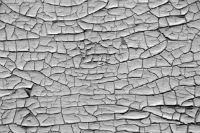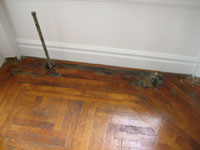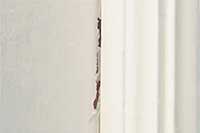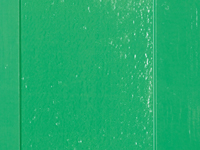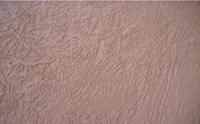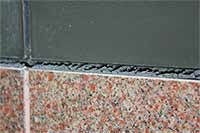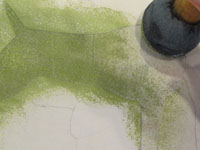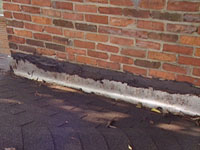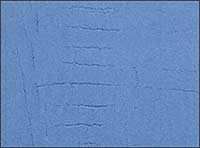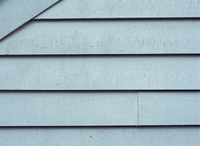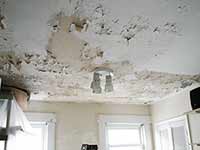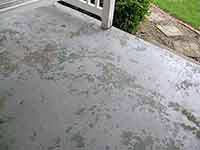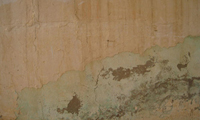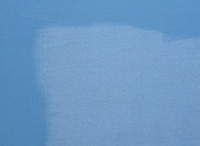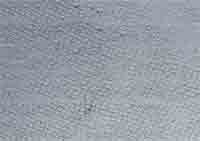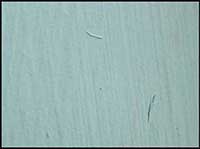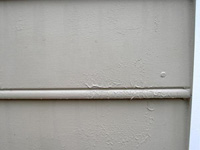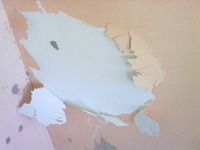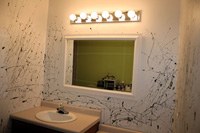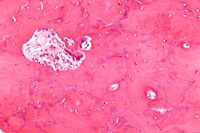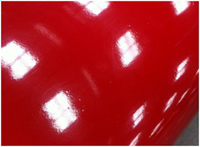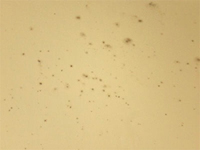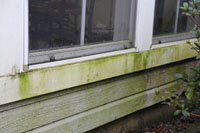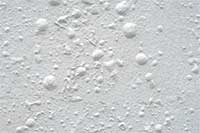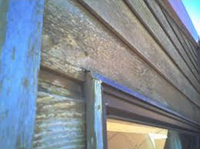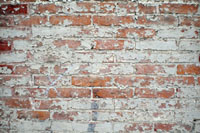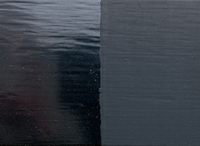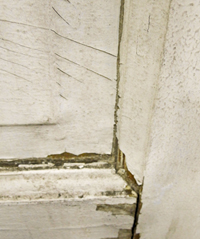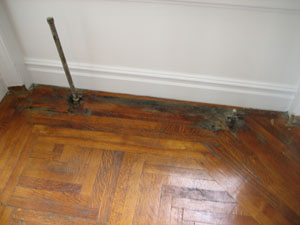 CAUSES: Stains made with aniline are generally prevalent in older homes and were used primarily over woodwork or on some furniture. A light-coloured coating used to cover woodwork previously painted with this type of stain will produce a pinkish tint.
CAUSES: Stains made with aniline are generally prevalent in older homes and were used primarily over woodwork or on some furniture. A light-coloured coating used to cover woodwork previously painted with this type of stain will produce a pinkish tint.
SOLUTIONS: The best solution is to seal the stain. This can be done in one of two ways. First, test patch using multiple coats of pigmented shellac. After applying the pigmented shellac, use a topcoat to determine the effectiveness of using shellac as a sealer. If the topcoat still has a pink tinge, you may seal with aluminium paint. This will be effective because of aluminium paints laminar pigmentation, but it is generally used as a last resort because of difficulties with topcoat adhesion of subsequent coats over the aluminium primer.
